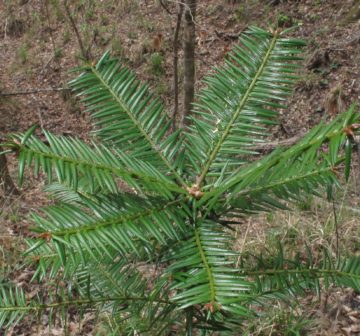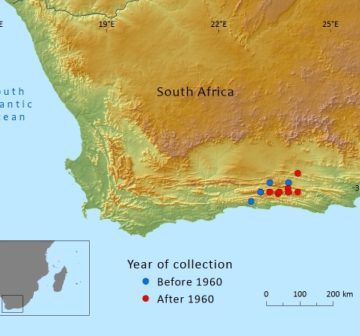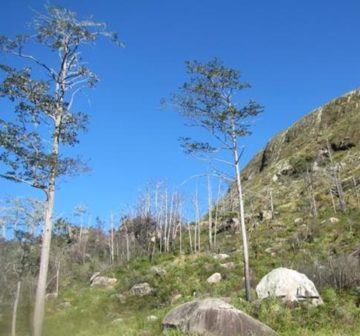Categories · Threats
Natural
Fire is a natural process that plays a major role in shaping ecosystems and maintaining biodiversity. For example it may determine the distribution of habitats, carbon and nutrient cycles and even water retention properties of soils.
In habitats accustomed to fire and dependent on it, the specific pattern of fire, including how frequently it burns, how hot it burns, and during which season, helps dictate the types of plants found in a given area. Fire exclusion often results in reduced biodiversity and significantly increased vegetation density, leading to an increased risk of catastrophic fire over time. While some conifers have evolved to be fire dependent by having serotinous cones that open and release their seed in response to fire, their populations are so small or fragmented that even natural fires may be catastrophic. This is particularly evident in areas with a Mediterranean climate. It is the introduction of inappropriate fire regimes (frequency, severity, or seasonal timing) that can have the most severe impact.
There are 13 taxa in the category – Fire, Natural:
< Previous page · Page 2 of 2 pages
Download full list of taxa in this category as CSV
< Previous page · Page 2 of 2 pages





